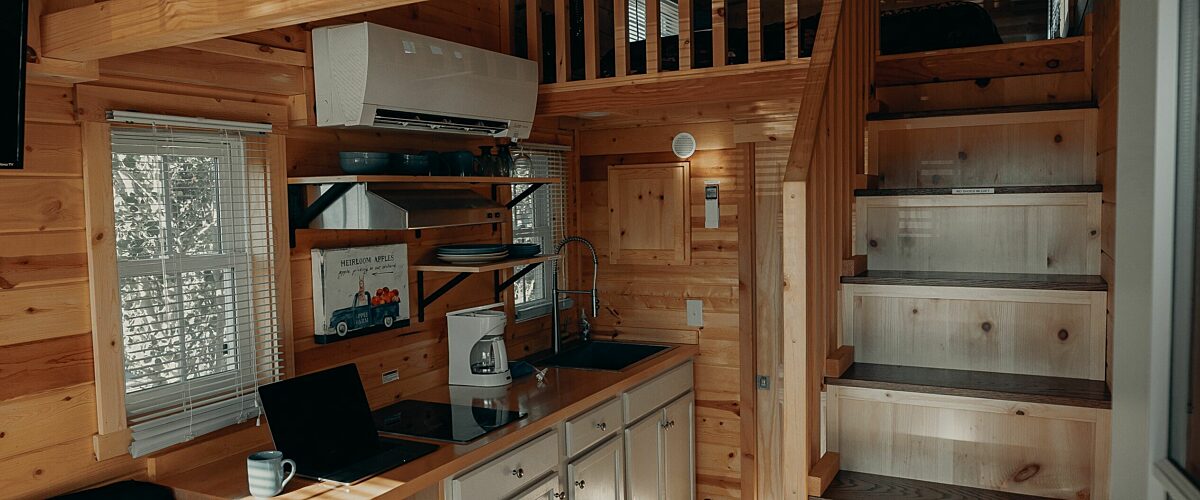
Living off grid made possible by KNX
There are many valid reasons to consider a lifestyle that's (more) off grid. As a homeowner, you'd be self-sufficient and independent from the uncertain energy industry, while also becoming significantly more sustainable. Living off grid, however, does come with many challenges. Luckily smart technology can assist you in your journey - and we we have proof!
What is 'living off grid'?
Off-grid living refers to a lifestyle where a household operates independently from the traditional utility infrastructures, relying on self-generated resources like renewable energy, water sources and waste management systems. The benefits of off-grid living are numerous: it fosters sustainability, reduces energy costs and promotes self-sufficiency, reducing one's environmental footprint.
What does smart technology have to offer?
Location is key: the proximity of water and an independent power source are the fundamentals in realizing an off-grid lifestyle. Once you've found a setting that checks these requirements, it's time to think about conserving water and energy as efficient as possible. That's when smart technology comes into play. By harnessing the power of automation, remote monitoring and efficient resource management, homeowners are enabled to monitor and control their resources very accurately.
These smart devices are indispensable for energy-independent homeowners:
- Smart meters track an household's energy source and its power usage, and provide insights into heavy consuming devices.
- Smart battery storage captures the power from your source (e.g. solar panels or wind turbines) and optimizes the charging and discharging of batteries for maximum efficiency.
- Smart water management systems monitor water usage, detect leaks, and control water pumps, helping to conserve water.
Case study: Students built an off grid smart home
In 2020, a group students simulated a 100% off-grid apartment. Which functionalities are vital? And which convenience-based devices can be permitted with a limited power source?
To answer those questions, they relied on the one of the largest manufacturers in home and building automation globally: KNX. As an open-standard platform, KNX boasts interoperability and compatibility with a wide range of devices, embracing the philosophy of creating an autonomous lifestyle.
Which smart technologies did the students include?
- Solar panels for energy production and a home battery for energy storage
- KNX module connected to a smart meter for energy monitoring and optimization
- A heat pump was added as a heavy energy user, simulating the energy consumption of a realistic household
- Basic smart features, such as lighting and blind control
Source: projects.knx.org


